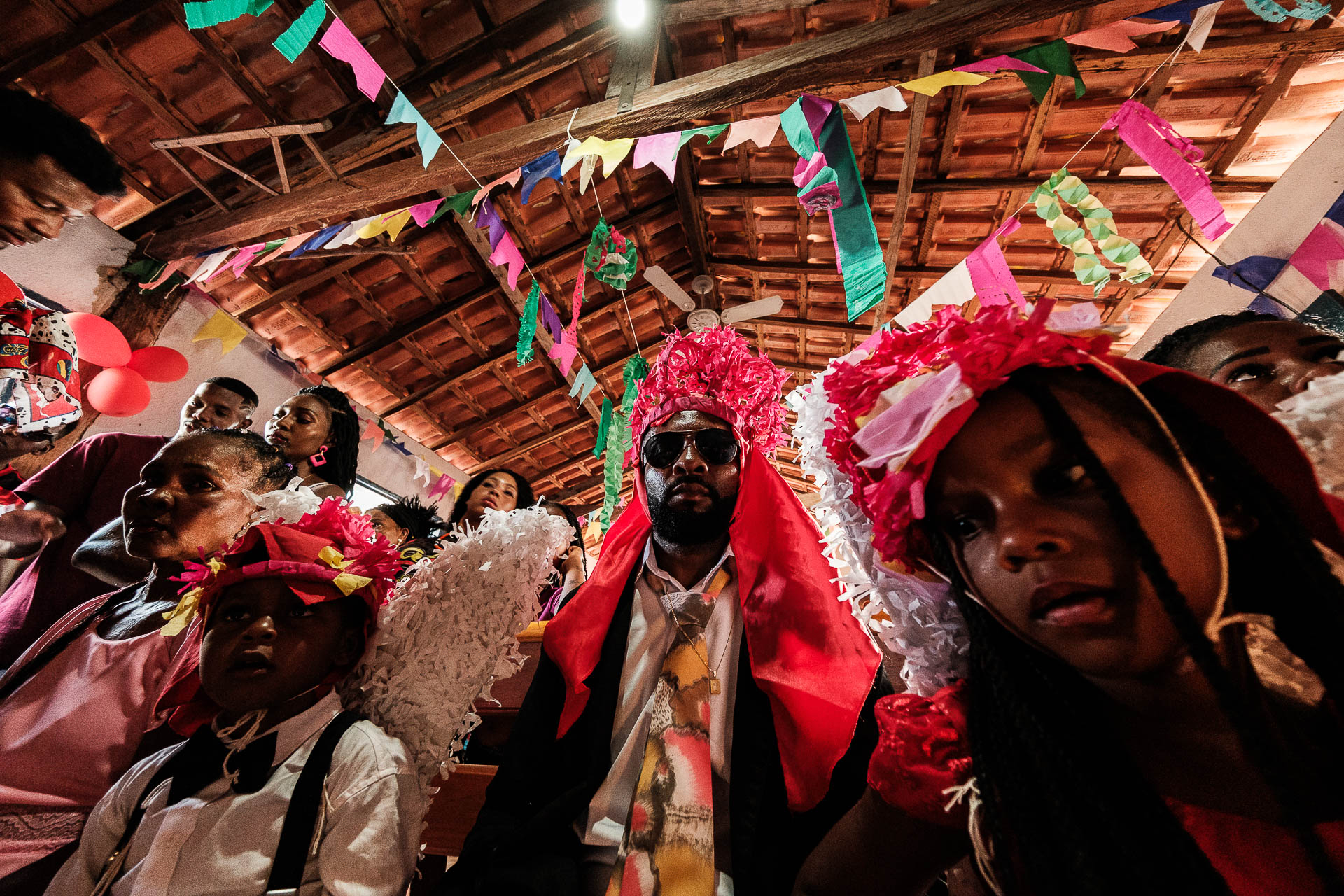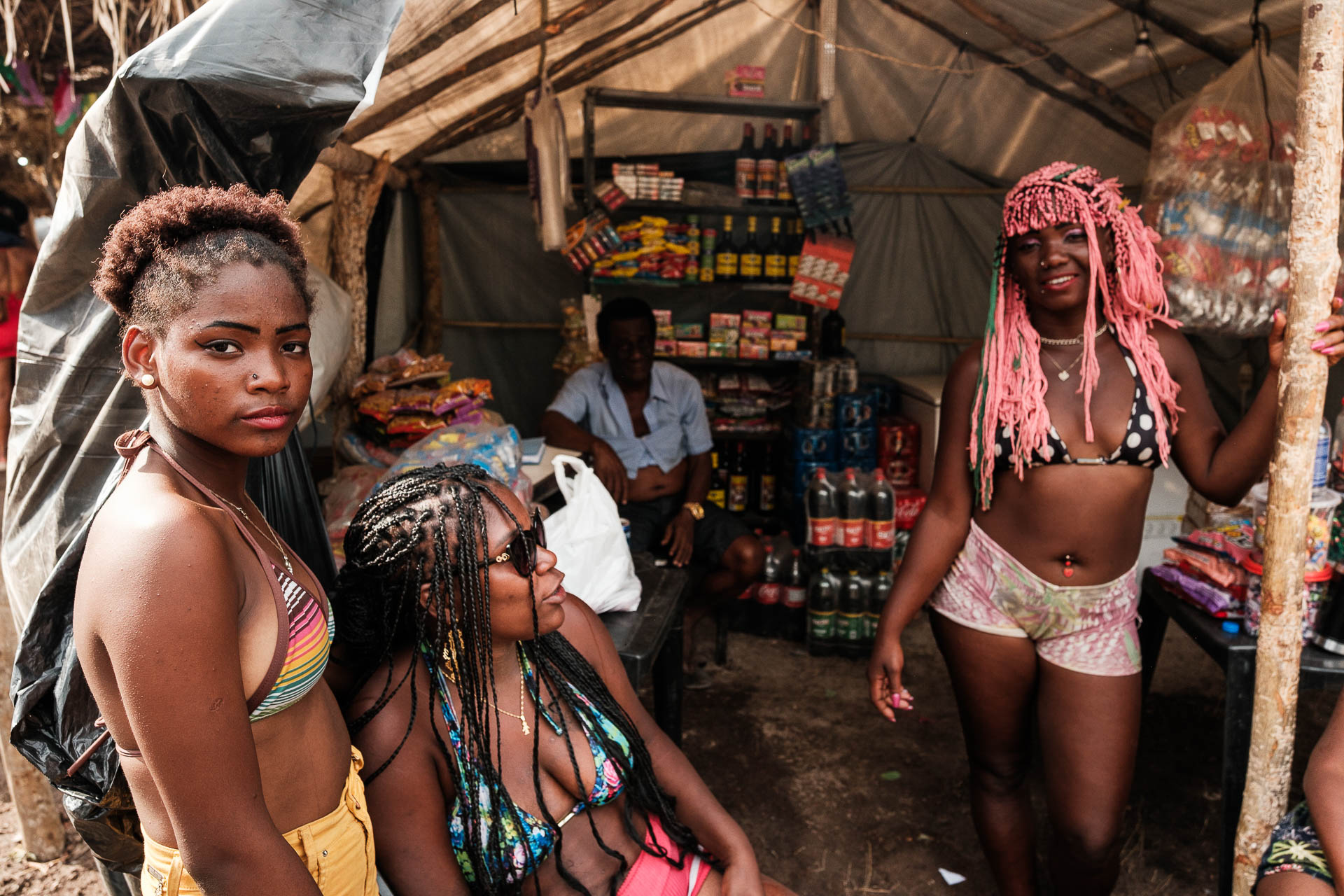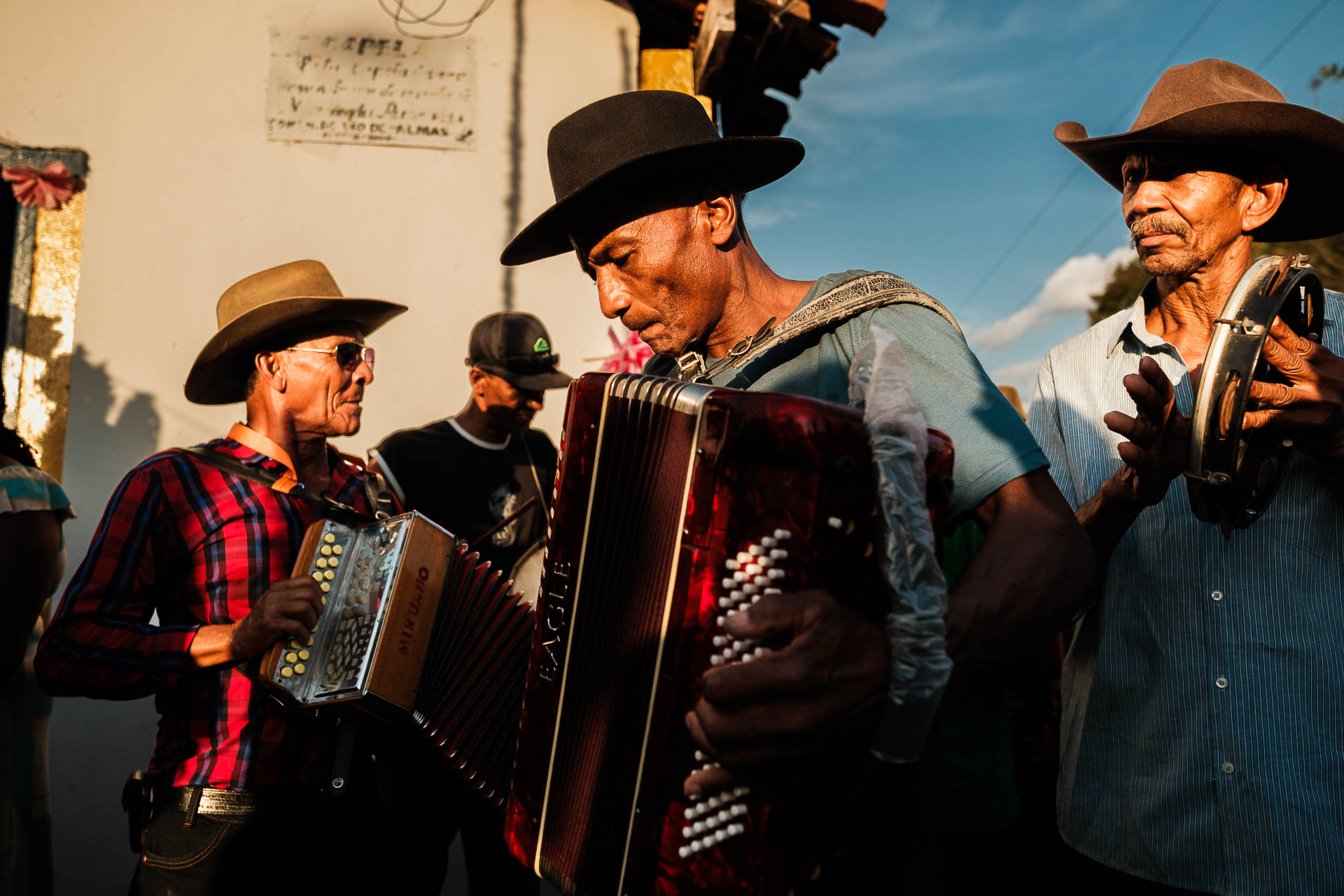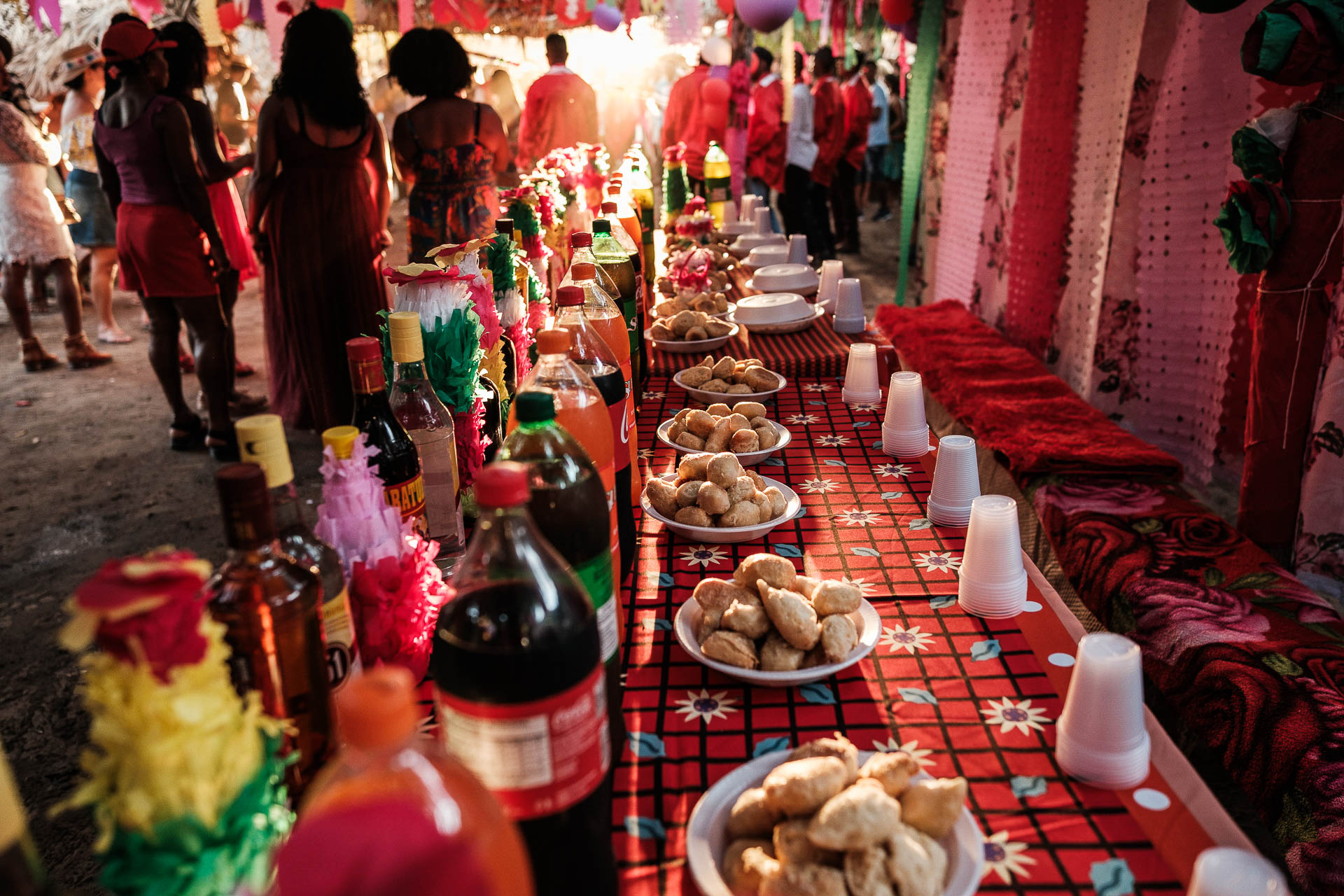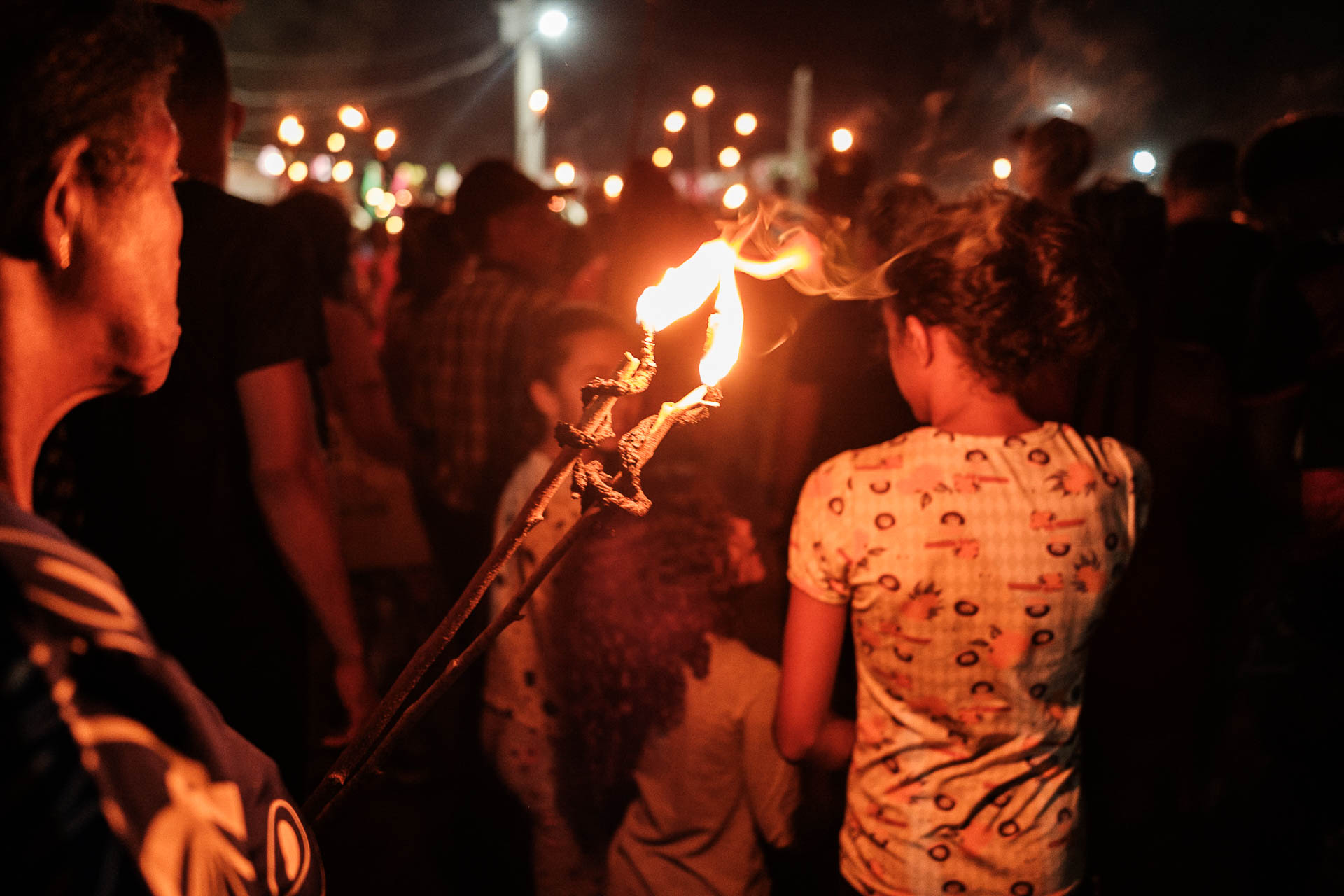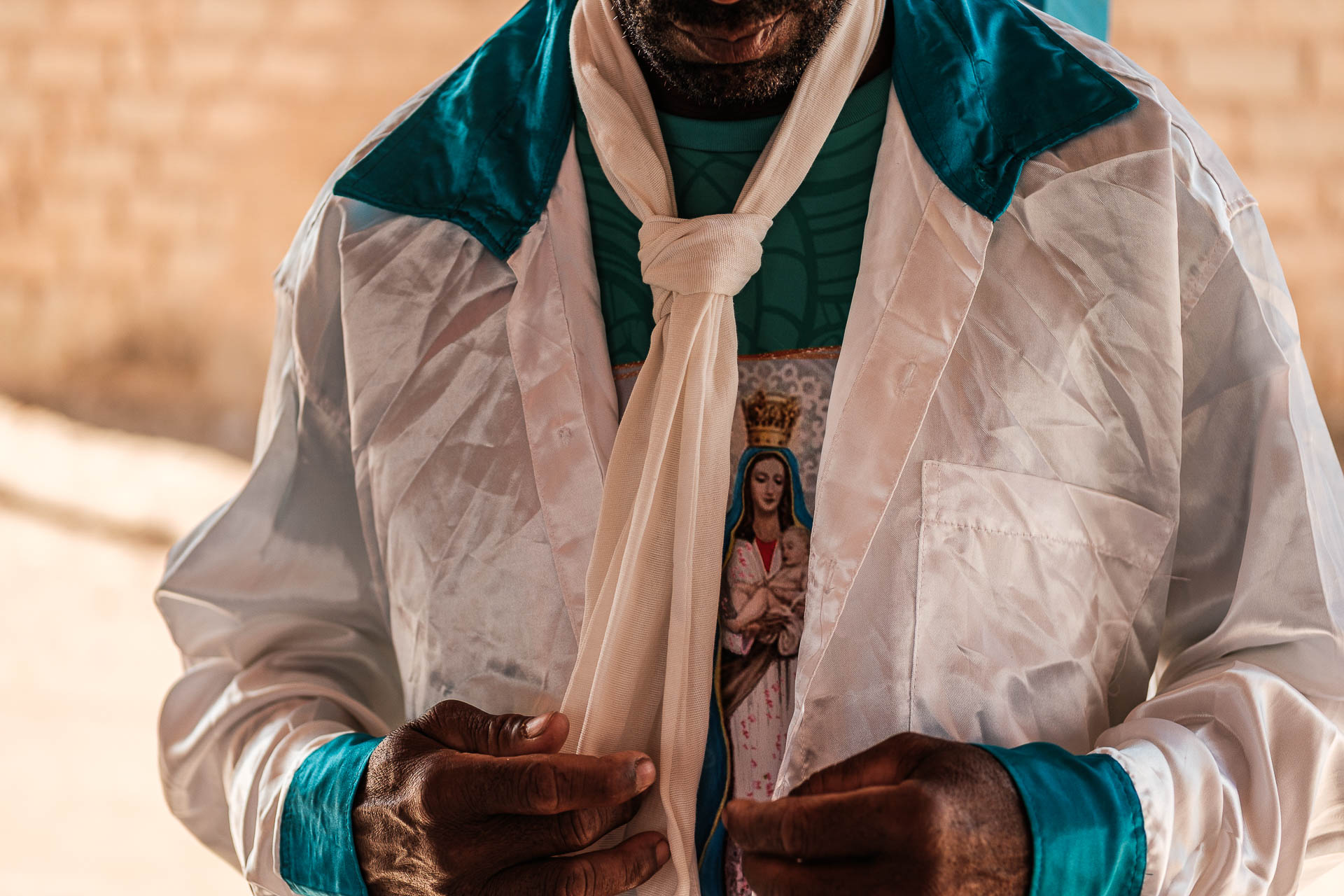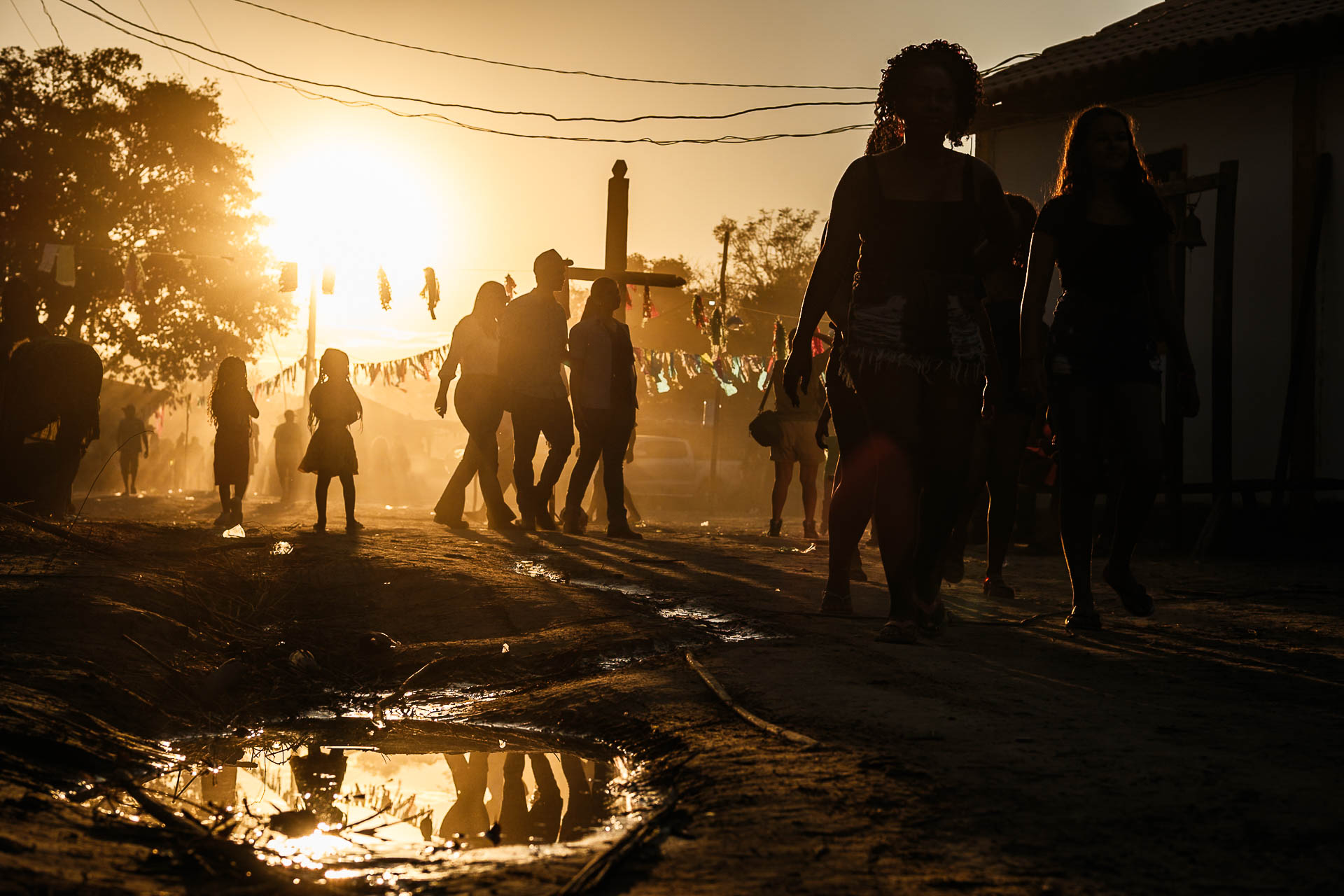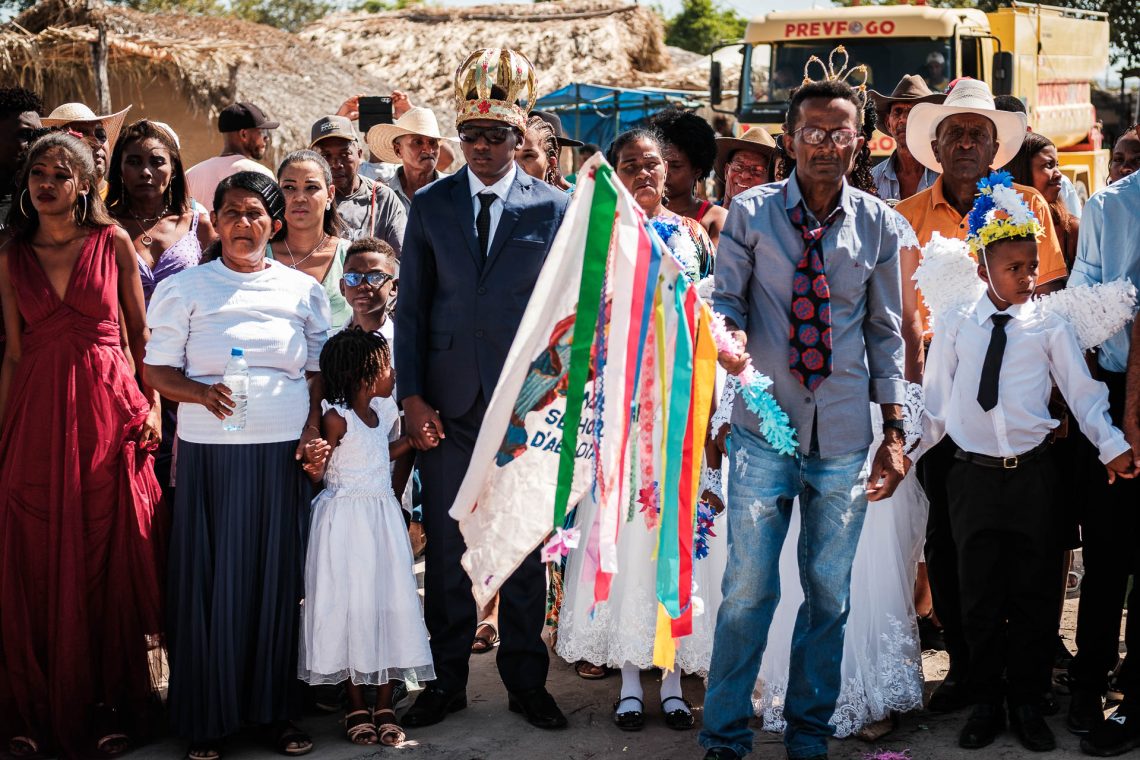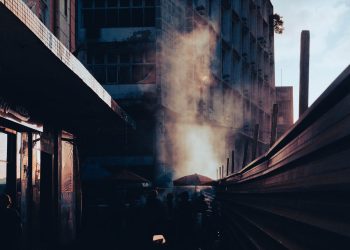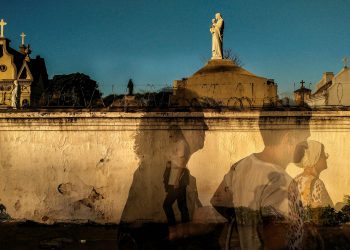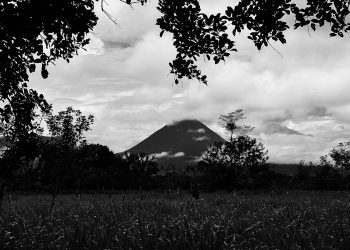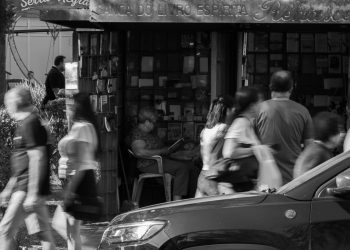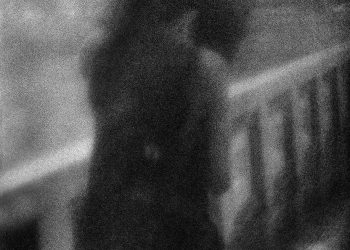Every year during one week in August, Vão das Almas—in rural Cavalcante, northern Goiás—transforms into a living sanctuary. Kalunga quilombolas journey from across their territory along dirt roads and cerrado trails to honor Our Lady of Abadia and the Divine Holy Spirit—a festival fusing devotion, memory, and resistance.
For these days, a temporary city rises in the sertão’s heart: palm-thatch shelters are built, families pitch camps, colored pennants flutter in wind, and cerrado dust welcomes processions, novenas, forró circles, and communal feasts. This is time for reunion—among families, across eras, between generations.
The festival is organized by a committee of festeiros led by the Emperor of the Divine—central figure mobilizing communities, gathering provisions, and coordinating rituals. The same structure guides devotion to Our Lady of Abadia, where the Emperor yields to the King and Queen of the Kalunga Empire. At celebration’s end, new festeiros are chosen, ensuring this tradition’s passage across generations.
This brief essay glimpses that legacy: a portrait of colors and faith enduring in deep Brazil’s heart.
Translated with Deepseek AI
